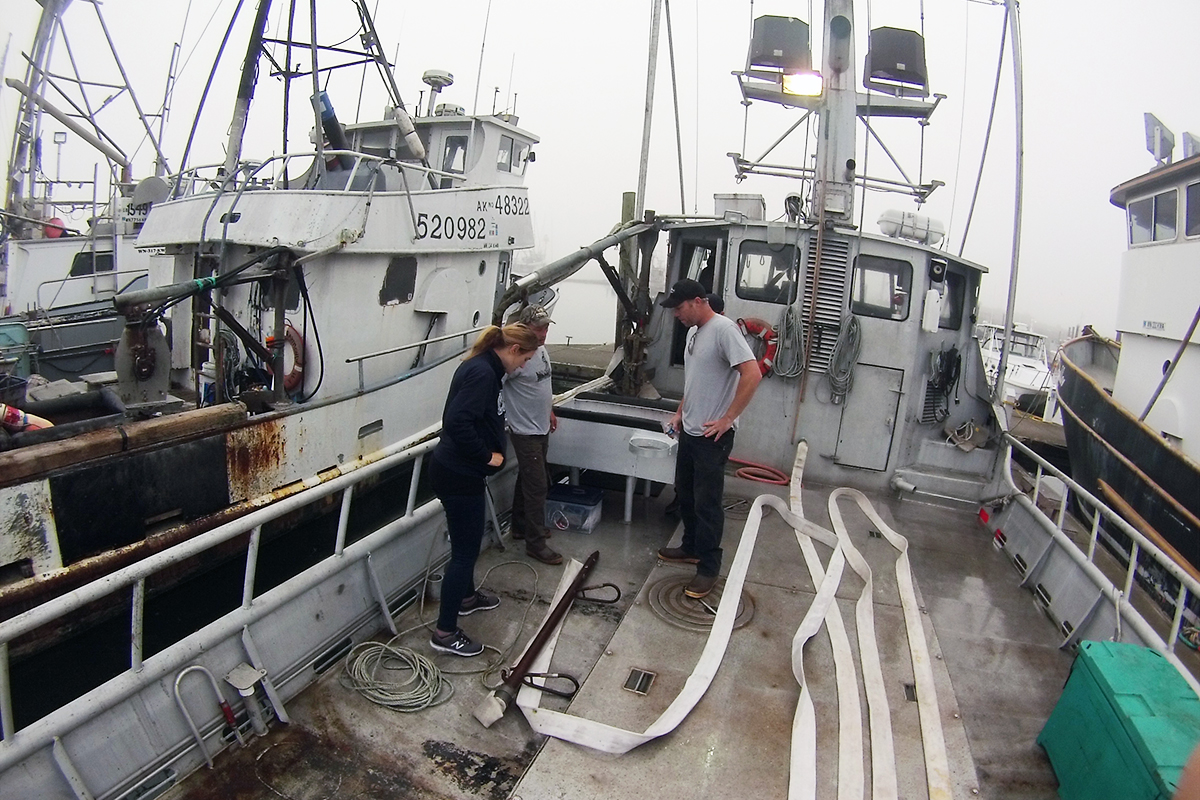We are thankful to have many environmental advocates in the Washington state Legislature, but with limited time, we’re calling on leadership to ensure climate, wildlife, and our lands aren’t sidelined as we make it over the finish line.
Eelgrass, home for sea life, is holding its own in Puget Sound
Some news from the bottom of Puget Sound: The total area of eelgrass beds hasn't changed much in the past 40 years. When other habitat areas have declined, this is encouraging — especially considering the number of aquatic species that use eelgrass beds, from young salmon to crabs. Eelgrass beds are common in tidal zones and along shorelines.
“Eelgrass meadows can grow so thick that when you’re swimming through them, you can’t see anything else,” said co-author Tessa Francis, of the Puget Sound Institute at UW Tacoma, in an interview with The Seattle Times. Watch the video for a diver's-eye view of eelgrass beds off the south coast of Whidbey Island. (Video courtesy of Ole Shelton, NOAA).
The report, co-authored by our lead scientist Phil Levin, was published in the Journal of Ecology. Another promising find was that significant changes in eelgrass beds occurred on a very small scale — meaning local action may likely lead to positive results.
"Our human population has exploded, we have all kinds of increasing impacts on Puget Sound, and yet eelgrass is resilient," said Phil. "It gives us hope about the ability to restore eelgrass. It tells us that what we do at the neighborhood scale matters, and we can have a positive impact."
Phil added that one of the largest increases in eelgrass is near our Port Susan Bay Estuary Restoration Project. The Stillaguamish River spills into the bay, mixing freshwater and saltwater to create extensive estuarine marshes that produce a vast quantity of decaying organic matter, helping the offshore habitat.
The data that have been collected and used in this analysis are incomplete and several of the findings beg further research — such as how adjacent areas have very different trends and nearby population density doesn't seem to have a strong correlation with negative impacts on eelgrass beds.





























